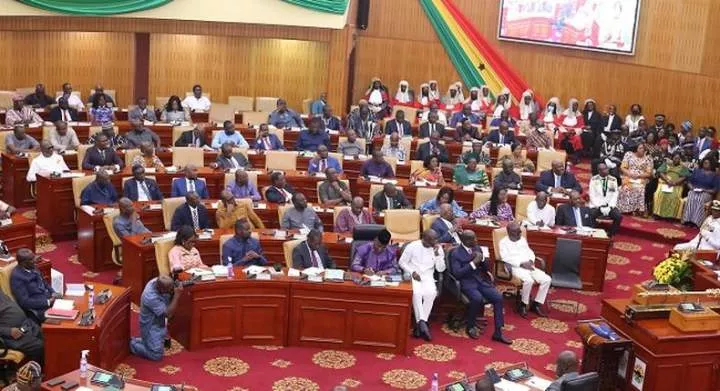
The detrimental effects of weak central administrations in African countries are numerous, affecting every part of society, from economic progress to political stability and social welfare. As a result, governments must tow the thin line between establishing control and winning the confidence of their people. Unfortunately, this is an issue African countries have struggled with. However, some countries on the continent can boast of a strong central government.
Across the African continent, the strength and stability of central governments vary widely. While some nations boast robust and effective governance structures, others grapple with instability, corruption, and a lack of authority.
This fact is highlighted by the statistics provided via the Fragile States Index (FSI). This index which ranks 178 countries based on the different pressures they face that impact their levels of fragility, shows that while several African countries are faced with the effects of having a weak central government, some thrive in this regard.
The Index which measures the weakness of central governments is constructed using The Fund for Peace's unique Conflict Assessment System Tool (CAST) analytical technique.
Given that this list index ranks the weakest central governments, the lower a country's index, the stronger its government is.
With that said, below are the top 10 African countries with the strongest central governments.
| 1. | Mauritius | 38.0 | 154th |
| 2. | Seychelles | 53.3 | 128th |
| 3. | Botswana | 55.3 | 122nd |
| 4. | Cabo Verde | 60.1 | 114th |
| 5. | Namibia | 60.3 | 112th |
| 6. | Ghana | 62.3 | 107th |
| 7. | Gabon | 65.5 | 99th |
| 8. | Tunisia | 66.4 | 96th |
| 9. | Morocco | 68.2 | 90th |
| 10. | São Tomé and Príncipe | 69.7 | 86th |
Methodology
As mentioned earlier, the Fragile States Index is based on a conflict assessment framework, known as "CAST."
The CAST framework, which is still frequently used by policymakers, field practitioners, and local community networks, was first created to test this vulnerability and evaluate how it may affect field initiatives.
To assess a state's current situation, twelve conflict risk indicators are employed, they include; security apparatus, factionalized elites, group grievance, economic decline, uneven economic development, human flight and brain drain, state legitimacy, public services, human rights and rule of law, demographic pressures, refugees and IDPs, and external intervention.


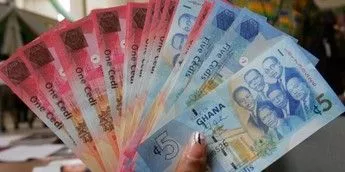
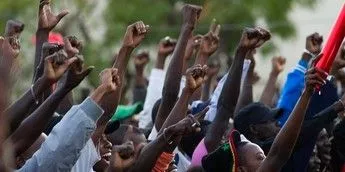
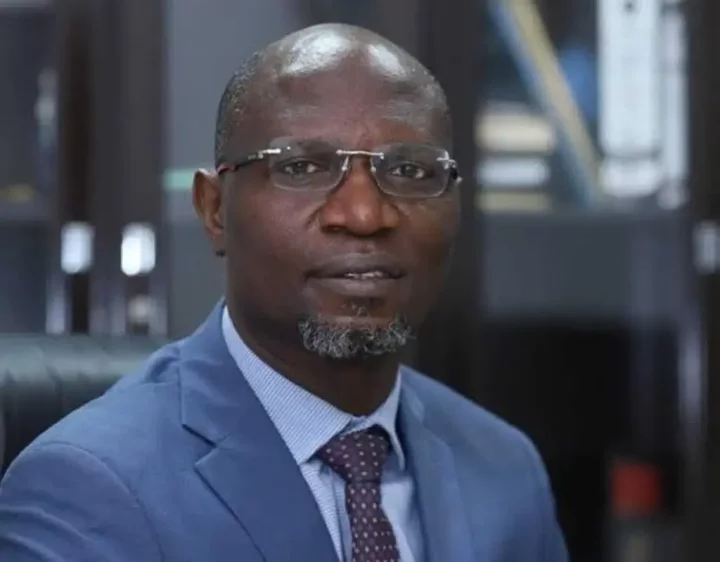
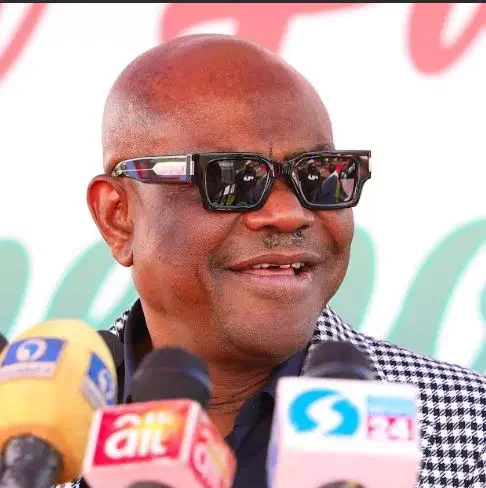
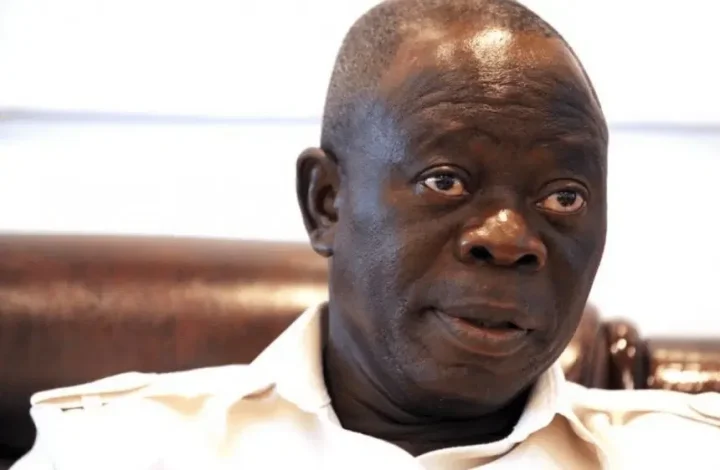



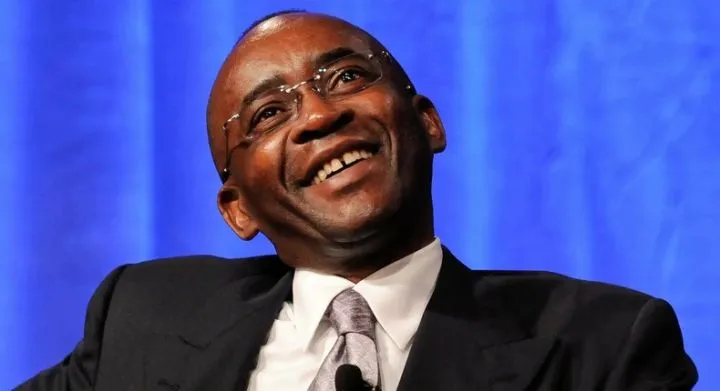



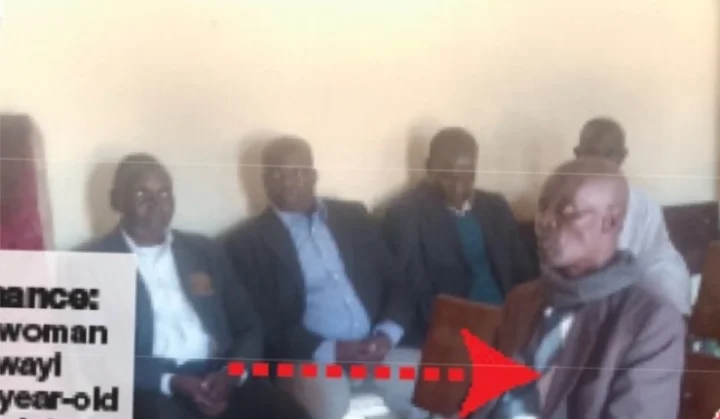


Comments